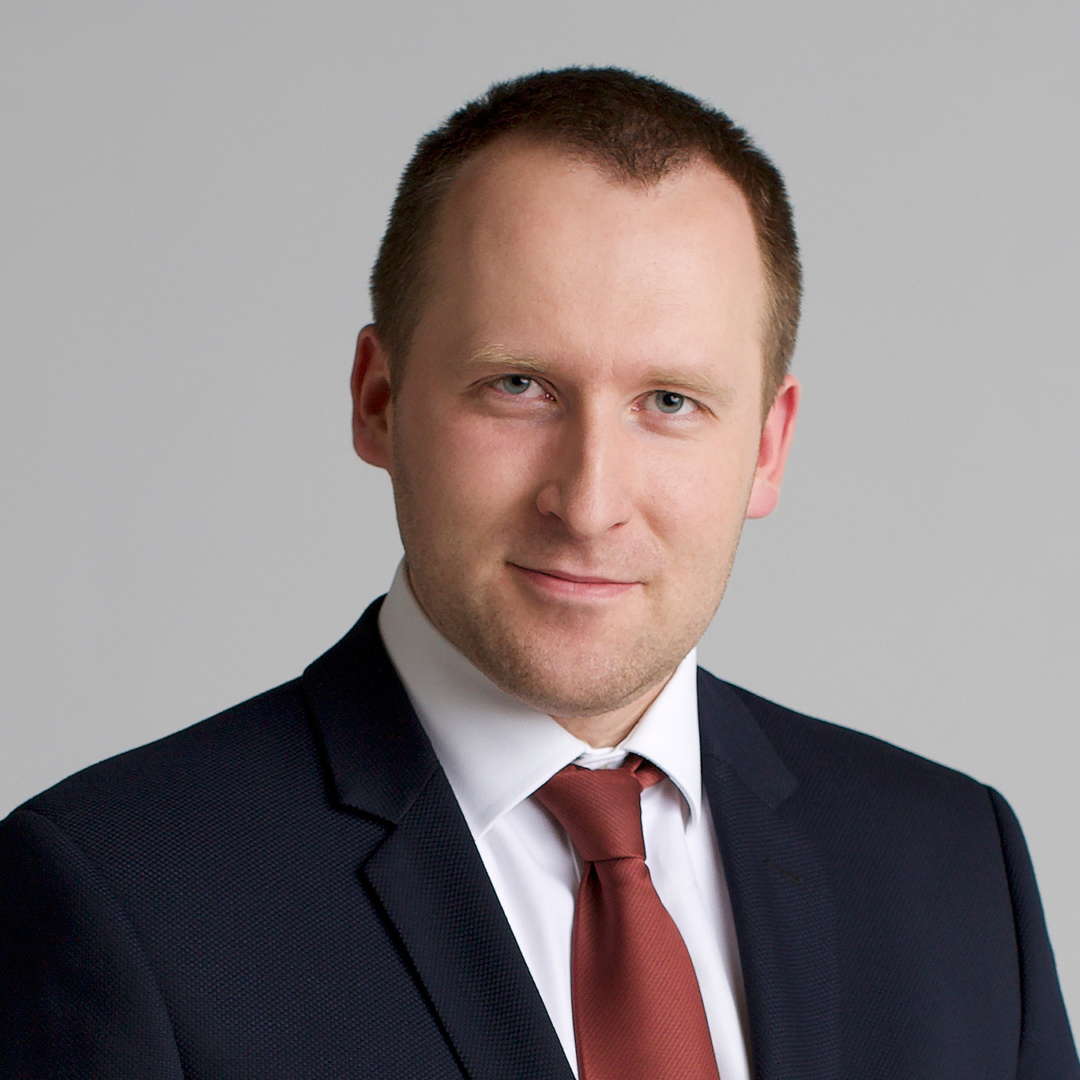
Grzegorz Żebrowski: risk-free profit no longer exists
For at least one decade, central banks around the world have lowered their interest rates on a regular basis to provide a monetary stimulation for their economies. At present, about one third of all governmental bonds issued in developed countries have negative profitability, which means that investors have to make contributions to be able to keep e.g. the bonds of the German government. More than 90% of all governmental obligations have profitability below 2%. Even Greece. which, in fact, in years 2011-2012 was a bankrupt, today pays the interest on its debt of less than 1.2% annually (for the sake of comparison, in Poland, it is 1.4%, and in Germany – minus 0.46%).
The situation on the bond market translates to interest rates on deposits (in many cases, less than 1% annually), that is, profitability of lease. This means that “risk-free profit” is no longer a valid term, as wishing to eliminate the risk, we have to accept a small loss in advance. If we add to this inflation, which in 2019 amounted to 3.4% in Poland, it turns out that money deposited in banks is, in fact, losing value.
In order to earn money based on capital, you need to accept the risk
This tendency shows that in order to make money on your capital, you need to accept the risk of a loss. Therefore, naturally, the question arises how to accept and manage risk to be able to earn profit while limiting the possibility of suffering losses.
A portfolio characterized by the so-called “medium risk level” and low variability, such as corporate bonds, apartments for lease, private debt, which offer higher interest income in comparison with deposits or treasury bonds.
It is also possible to build a portfolio consisting mainly (80-90%) of safe assets and invest the remaining part of capital (10-20%) in “high risk” assets (such as venture capital or private equity).
Presented below is a comparison of two portfolio structures in two scenarios for a 10-year investment horizon and capital of PLN 1 million:
Portfolio 1: 100% – medium-risk assets at interest of 7% annually
Portfolio 2: 85% – low-risk assets (interest of 2% annually); 15% of high-risk assets
Positive scenario: Medium-risk assets made 8% annually; high-risk assets – 25% annually
Negative scenario: One half of medium-risk assets went bankrupt, ad the other half earned 8% annually; 100% of high-risk assets went bankrupt.
Paradoxically, portfolio 2 provides a higher level of security, as well as a higher rate of return. In the case of portfolio 1, a total loss is still possible, while profit is limited to 8% annually. In portfolio 2, the loss is limited to 15% of capital, and in 10 years, it is nominally covered by interest on low-risk assets, while the potential rate of return (e.g. from investments in high-tech) are not limited by anything.
Nicholas Nassim Taleb, author of such books as The Black Swan or Antifragile refers to the second approach as the barbell strategy.
Conclusion
In an environment of low interest rates, keeping all assets in deposits and treasury bonds means we give our consent to a gradual loss of value of the capital. On the other, allocating a part of the portfolio in “aggressive” investments such as venture capital/ private equity makes it possible to increase the capital, and, if the portfolio is properly structured, may lead to a lower risk in comparison with other investment options.